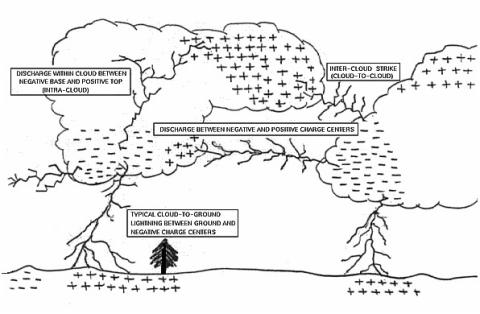An Electromagnetic Pulse (EMP) can severely disrupt the use of electronic devices in its path causing a significant amount of infrastructural damage. EMP can also cause breakdown of the surrounding atmosphere during lightning discharges. This makes modeling EMP phenomenon an important research area in many military and atmospheric physics applications. Our research work includes developing an electron swarm model to be integrated into Los Alamos National Laboratories multiphysics EMP code, CHAP-LA. The electron swarm model monitors the time evolution of low-energy, conduction electrons created by the ionizing radiation that characterizes EMP. CHAP-LA currently employs an equilibrium ohmic conduction electron model that leads to inaccurate EMP calculations at high altitudes. Implementing the swarm model in CHAP-LA allows us to overcome the limitations imposed by the ohmic model and gives us a state-of-the-art capability for high altitude EMP modeling. This capability allows us to simulate novel EMP scenarios, including EMP propagating upwards towards a satellite.

Electron Swarm During Lightning
The research focuses on improving upon an electron swarm model for modeling low temperature plasmas in an electric field environment. Swarm electrons are produced from photoelectron ionization and Townsend impact ionization in molecular gases, specifically in atmospheric gases. I am developing a Boltzmann solver to obtain a more accurate representation of the electron distribution function in these atmospheric gases, such as N2 and O2. The importance of compiling accurate atomic and molecular data for this analysis is immense since maintaining infrastructure within this community seems to be a challenge. This research is important in atmospheric physics, specifically lightening initiation since these low-energy swarm electrons affect the air chemistry of their environment. This will be the focus of my thesis work. This research is also important in many other areas such as in fusion reactor systems, nanoscale devices, plasma medicine, and other environmental plasmas.